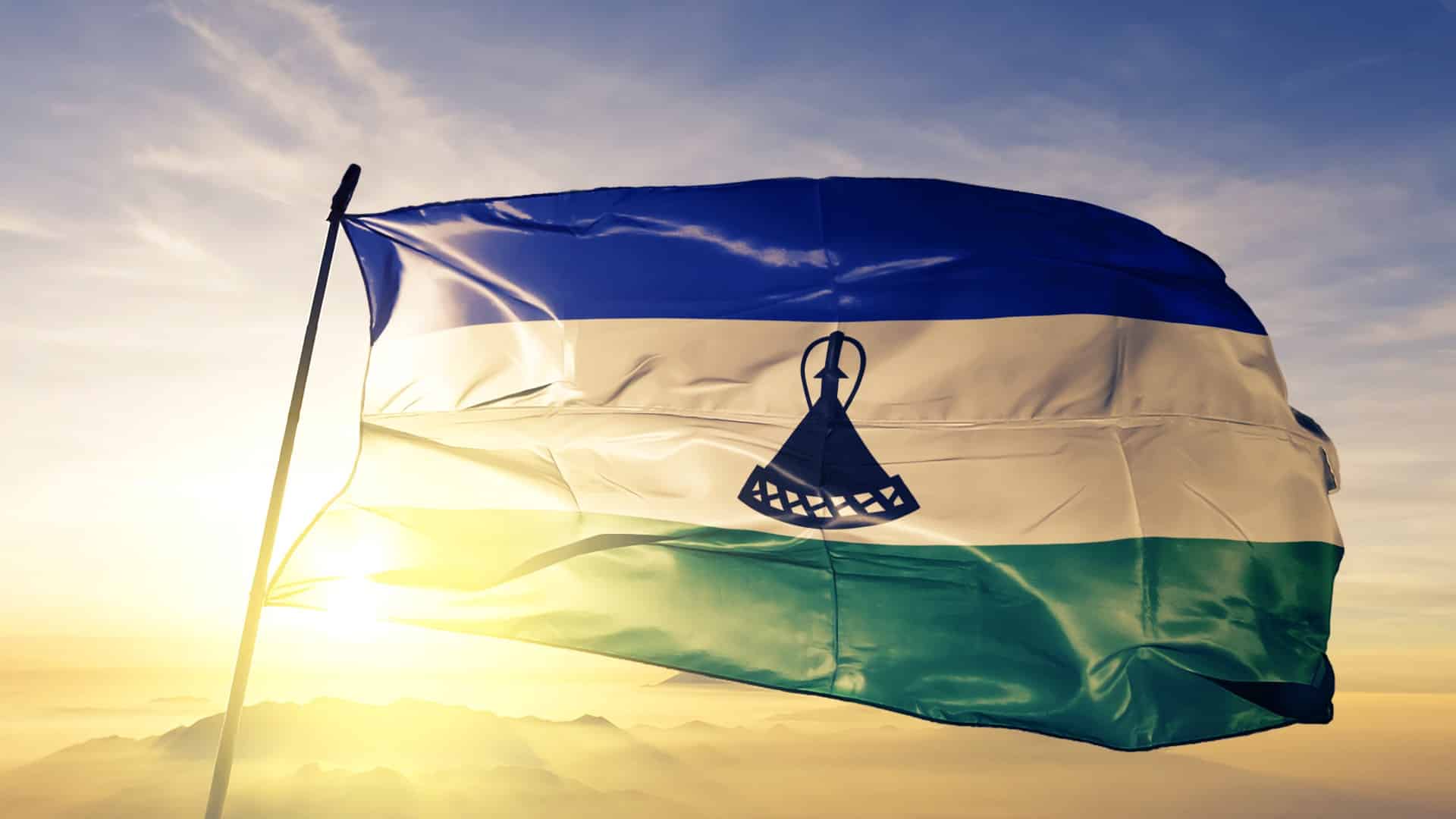President Trump’s aid cuts and tariffs are wreaking havoc in Lesotho, a small, landlocked, southern African country of just over two million people. The situation is so dire that Lesotho has declared a “national state of disaster.”
Even before Trump’s second term, Lesotho faced deep structural challenges. It had the highest suicide rate in the world, one of the highest HIV rates, and a youth unemployment of around 50%. The foreign aid freeze and tariffs have made things worse.
First, Lesotho was severely affected by the evisceration of USAID as it was a major beneficiary of the President’s Emergency Plan for Aids Relief (Pepfar). President Trump’s 90-day freeze on nearly all U.S. foreign aid impacted Pepfar and many other global health programs causing major disruptions for millions of people globally, and many in Lesotho. Not long ago, Pepfar was a popular bipartisan foreign aid program often celebrated for its impact in reducing the spread of HIV in many low-income countries, especially Africa, and saving more than 25 million lives. This year, however, members of Congress had to fight to maintain its funding.
Second, President Trump’s tariffs have dealt a major blow to an already struggling country. In some ways, Lesotho did several things right as it relates to global development. The country didn’t depend entirely on aid. Instead it opened itself up to investments that could boost its trade with the United States and Europe. In 2000, the U.S. Congress enacted the Africa Growth and Opportunity Act (AGOA). AGOA provided duty-free access to the U.S. market for eligible African countries. Lesotho took advantage of it and invested heavily to boost its textile industry. Before long, the country’s textile sector employed more than 50,000 people and, by 2002, accounted for more than 80% of its exports.
“Between 2000 and 2004, textile exports from Swaziland, Lesotho, and Madagascar more than doubled, from $444.0 million to $1,063.5 million. For Lesotho, this represented about 75 percent of total exports, and the number of factories in this country rose from 21 to 47 with more than 50,000 workers employed,” according to data from the IMF. However, Lesotho’s success was fragile. Disaster struck in 2005 when the Multi-Fiber Agreement (MFA), a WTO Agreement on Textiles and Clothing, expired. This agreement shielded Lesotho’s exports with direct competition from Asia. Almost overnight, more than 15,000 textile workers in Lesotho lost their jobs. Textiles fell from 21% of GDP in 2006 to 12% by 2013. I wrote about it here.
It is against this backdrop that the Trump tariffs, potentially up to 50%, is deepening the already difficult crisis in the country. Many have already lost jobs as a result of the uncertainty. For years, global development practitioners have been trapped in a false choice of aid versus trade. Lesotho tried both, yet remains in an incredibly precarious position.
What to do now?
First, there are no easy answers. Development is hard.
Second, the late Harvard Business School professor, Clayton Christensen, often said, “whenever I’m struggling to solve a problem, it’s important that I get the categories right.” I think aid or trade are not the right categories. Innovation, learning, and continuous improvement are what countries should strive towards.
Here’s an excerpt from the piece I wrote seven years ago. It’s still relevant today.
“50 years ago, when it was just getting its start as a poor, sovereign city-state, Singapore was exporting matches, fish hooks, and mosquito coils to the world. Today, it exports aerospace, semiconductor, and biotech products. Singapore, over time, has learned how to export more and more sophisticated products—products that resulted from innovation. Cementing its reputation as an innovation hub, it now serves as a regional headquarters for some of the world’s largest and most innovative companies, such as BMW, Roche, Novartis, Microsoft, and Apple. If the small island nation kept focusing on exporting matches, fish hooks, and mosquito coils, it would likely not be where it is today. It may have sustained its export base, but would have lost its shot at enduring prosperity.”
The next several years will be difficult for many low-income countries, like Lesotho. Rising debt, increasing unemployment, and reduced government revenues will likely exacerbate poverty. As a result, it’s all the more important for them to get the categories right as they work to create prosperity. Only through innovation-driven growth can they create shared prosperity that proves more resilient to the shocks of global politics.
Select demographics of Lesotho
| Population | 2,337,423 |
| Population growth rate (%) | 1.1 |
| Life Expectancy | 57 |
| GDP (USD billions) | 2.3 |
| GDP per capita (USD) | 971.8 |
| GDP growth rate (%) | 2.8 |
| Electricity access (% of population) | 57.3 |
| Internet access (% of population) | 48 |
Source: World Bank


